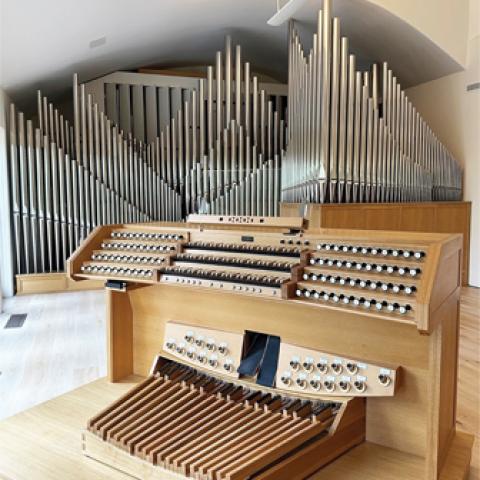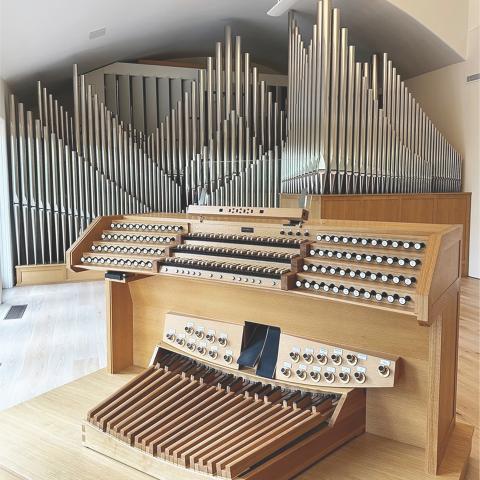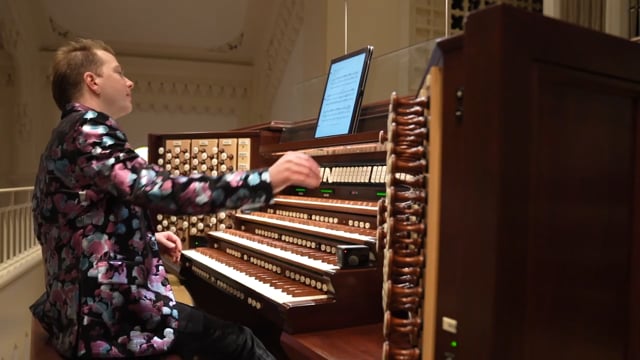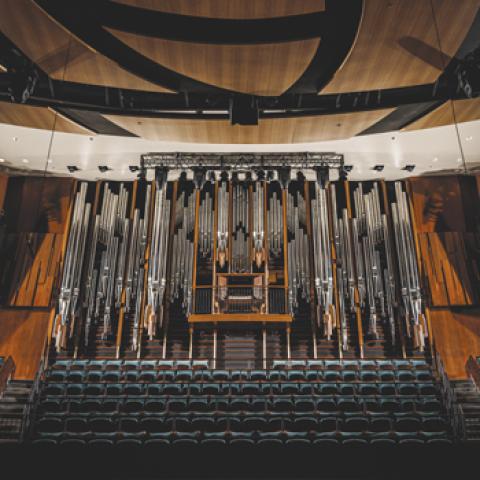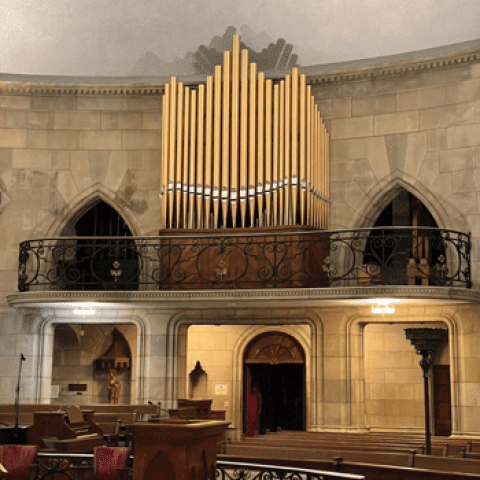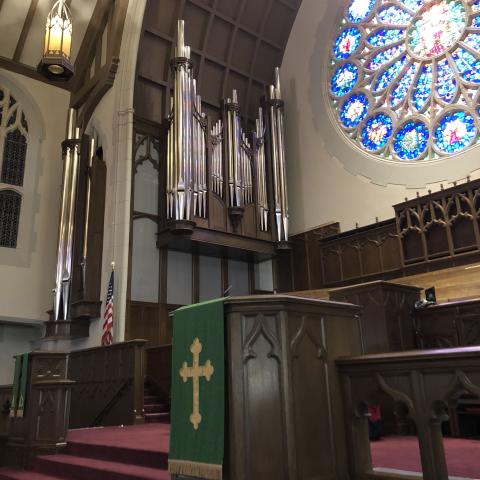Steve Ketterer plays Cantabile by Harold Friedell on the Rudolf von Beckerath
organ in his residence music studio.
Beckerath competed the organ in April 2024. It comprises 38 stops, 47 ranks, 2,694 pipes, seven pipe extentions, nine borrows, five digital voices, and four percussions: Great, Swell, Solo, Echo (floating), and Pedal.
The organ is featured on the cover of the October 2024 issue of The Diapason:
https://www.thediapason.com/content/cover-feature-stephen-ketterer-residence
For information: https://www.beckerath.com/

